Over at New World Notes, Hamlet Au discusses SL as the great equaliser for businesses of all sizes – that the relatively low traffic to large corporate sites (as a proportion of overall traffic) and the relative ease of content creation means that smaller operations including individuals can punch well above their weight on one of the more even playing fields.
It’s analogous to the general situation of Australians in Second Life – we’re out there making ourselves known, belying the small proportion of the overall SL population we are. I wouldn’t disagree with Au’s summation: “if these companies ever stand a chance of being relevant in SL, they will have to learn from the amateurs, and adjust their expectations and approach to their grassroots level”. It’s a lesson that’s started to have been taken on board locally.
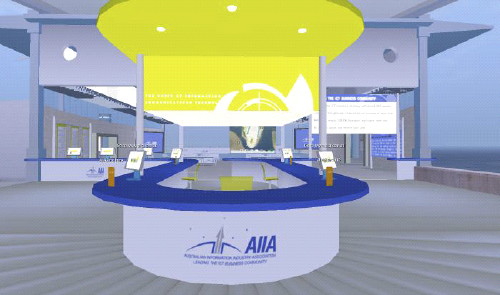

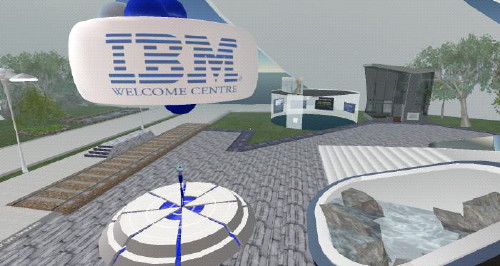
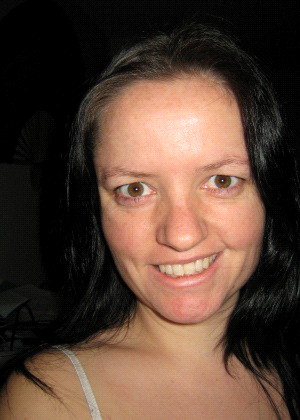
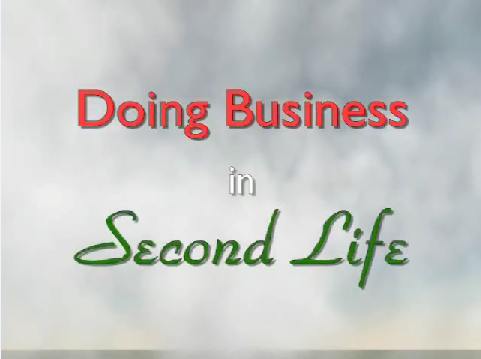
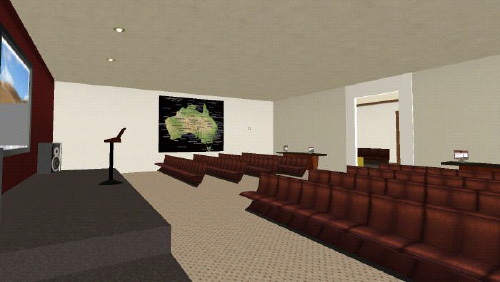
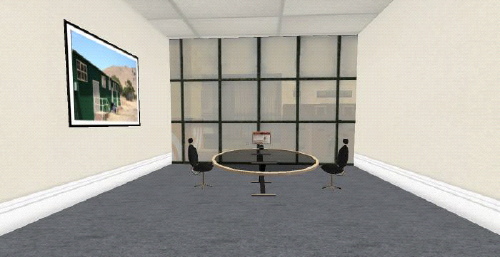
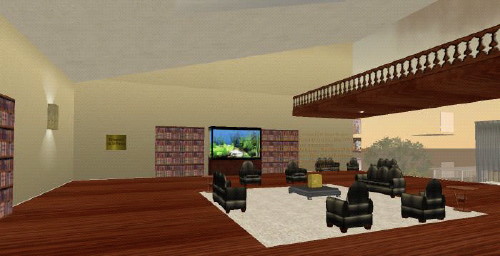
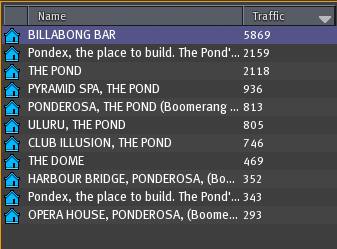
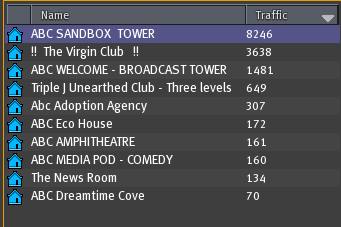
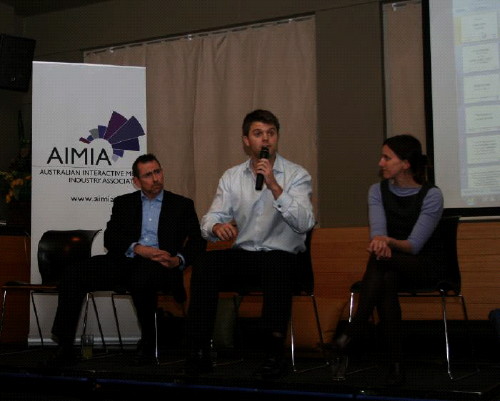
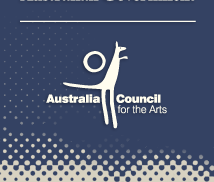
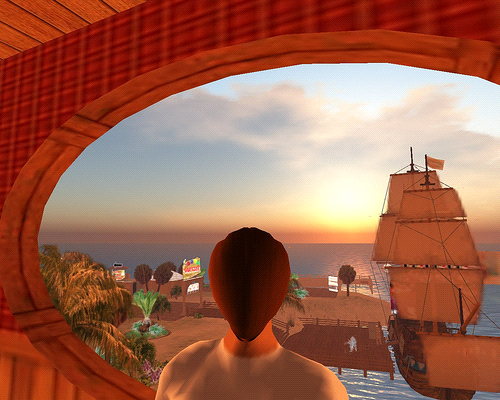
Recent Comments